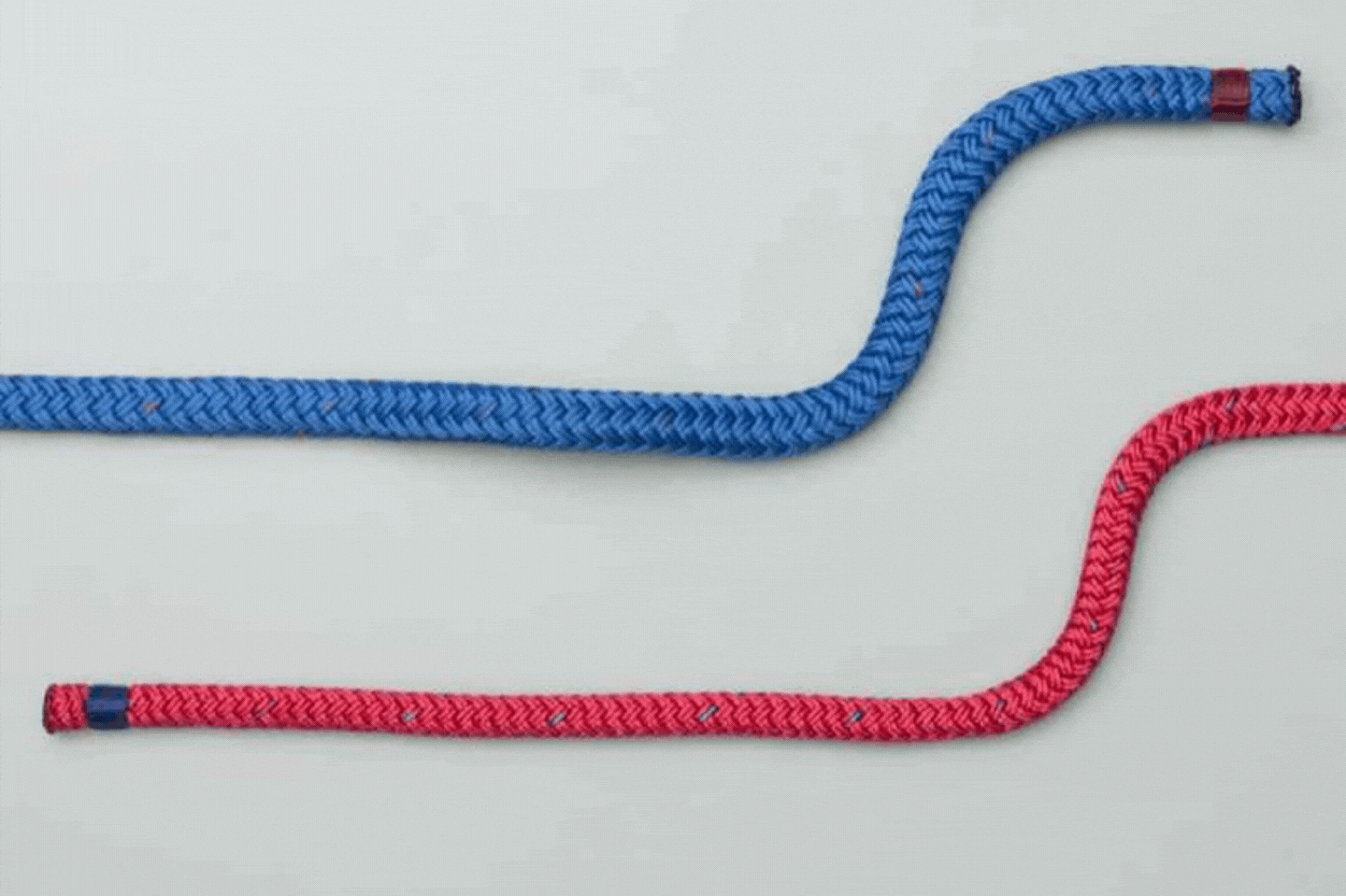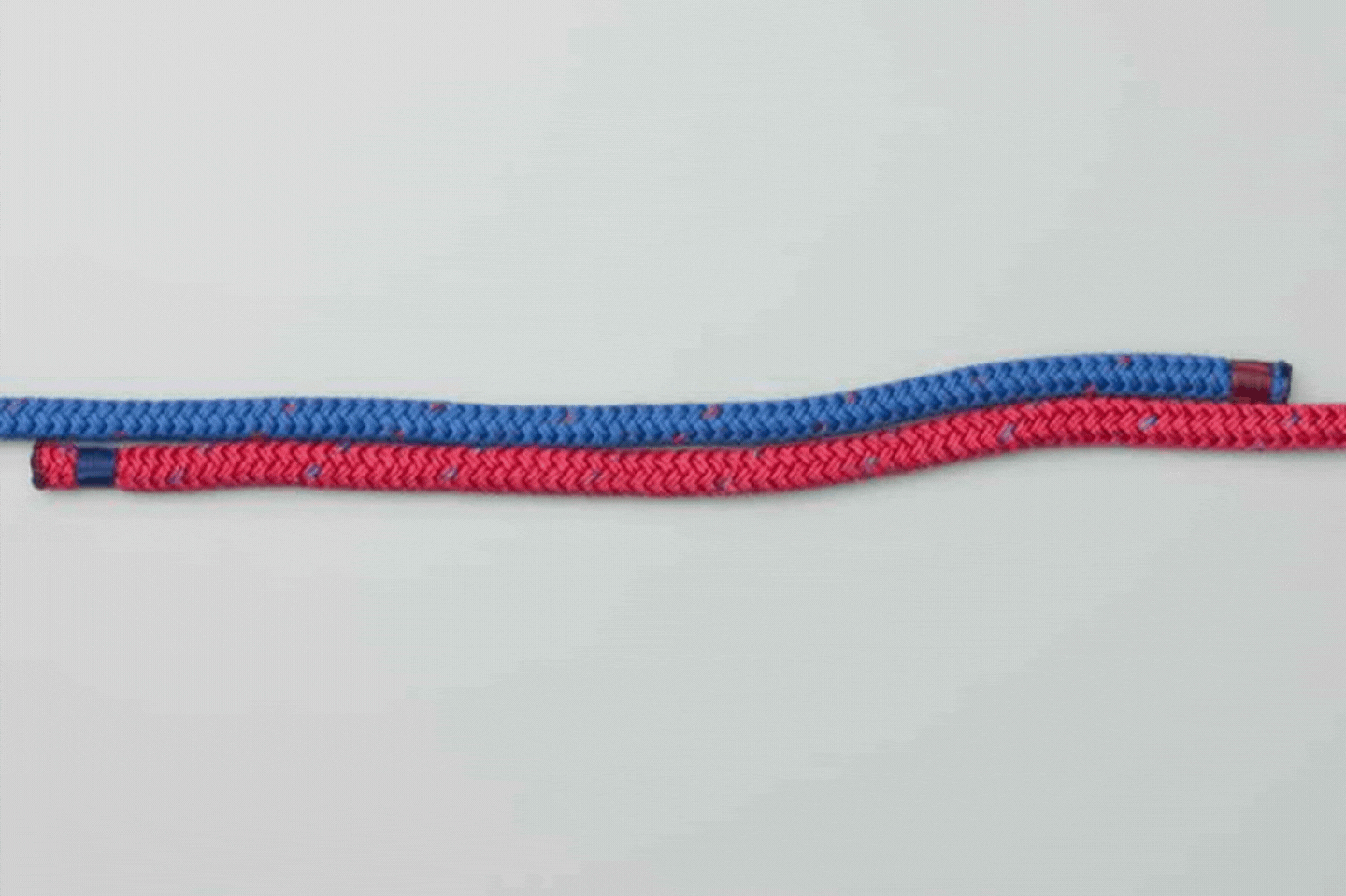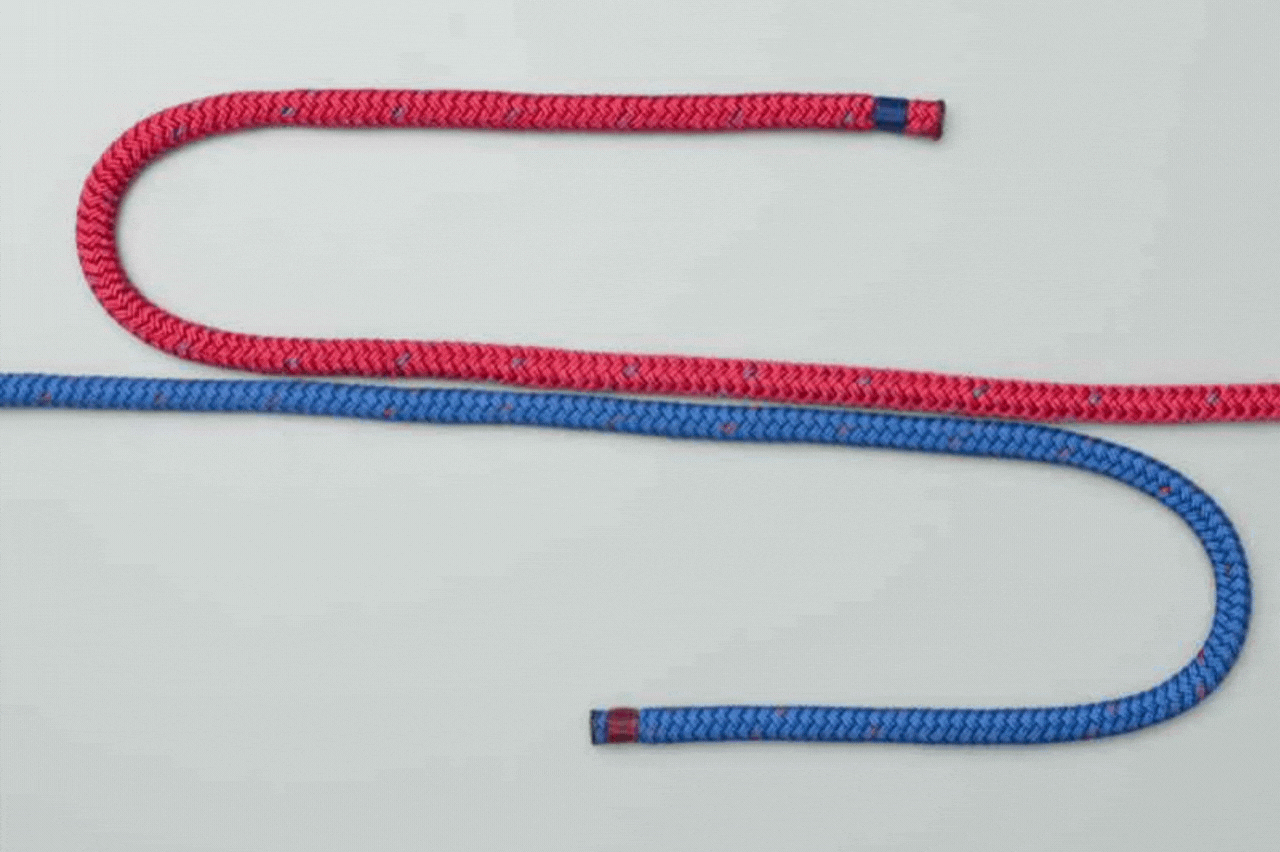When it comes to net making, choosing the right rope can make all the difference. From fishing nets to cargo or safety nets, each application requires a rope that’s strong, flexible, and resistant to its environment. This guide breaks down rope types, key specifications, styles, and essential knot techniques to help you make the most durable and reliable nets.

Source: Internet
Nylon is one of the most popular choices for net making thanks to its high strength and elasticity. It can absorb shock loads effectively, making it ideal for fishing nets and sports nets that experience sudden tension. However, nylon absorbs water, which can slightly reduce its strength over time if it stays wet for long periods.
Best for: Fishing nets, sports nets, climbing nets
Polyester ropes are known for their excellent UV resistance and low stretch. They don’t absorb much water, so they maintain strength even in damp conditions. This makes them perfect for outdoor or industrial nets, such as safety or cargo nets that demand long-term durability.
Best for: Cargo nets, safety nets, marine applications

Source: Internet
Lightweight and buoyant, polypropylene is a cost-effective choice for aquaculture or light fishing nets. While it’s resistant to water and chemicals, it can degrade faster under sunlight unless UV-stabilized.
Best for: Aquaculture nets, temporary nets, DIY use

Source: Internet
PE (Polyethylene) and HDPE (High-Density Polyethylene) ropes are tough, durable, and abrasion-resistant. They’re widely used for heavy-duty or industrial net applications. With low water absorption and good weather resistance, these ropes are a reliable all-round option.
Best for: Industrial nets, marine and heavy-duty nets
|
Note: Specifications vary depending on rope manufacturer and thickness.
Not all ropes are constructed the same way. The style or construction of a rope affects its flexibility, durability, and handling during net making.
Also called laid rope, this traditional style is easy to splice and tie but can untwist or kink under load. It’s ideal for general or short-term nets.
Pros: Affordable, easy to knot
Cons: May unravel, less durable over time
Braided ropes offer a smooth texture and great flexibility. They resist tangling and wear, making them a premium choice for professional net makers.
Pros: Strong, smooth surface, low stretch
Cons: Slightly more expensive
This style has a braided core inside a braided cover, giving it superior strength and stability. It’s ideal for high-load nets like cargo or industrial safety nets.
Pros: Extremely strong, long lifespan
Cons: Heavier and harder to splice
Even the strongest rope can fail if knots are tied incorrectly. Improper knotting creates weak points that can cause breakage or uneven tension. Below are three essential knots every net maker should master — along with a short step-by-step guide for each.
Purpose: Joining two ropes of different thicknesses.

Sheet Bend - Source: animatedknots
Steps:
Form a loop with the thicker rope.
Pass the thinner rope through the loop from behind.
Wrap it around the loop’s back.
Tuck the end under itself and tighten firmly.
Tip: Ensure the working ends exit on the same side for the strongest hold.
Purpose: Joining two rope ends of equal size.

Square Knot - Source: animatedknots
Steps:
Hold one end in each hand.
Cross the right end over and under the left.
Cross the left end over and under the right.
Pull both ends evenly to tighten.
Tip: Perfect for connecting net panels or uniform sections.
Purpose: Creating a secure connection between two ropes or loops.

Fisherman’s Knot - Source: animatedknots
Steps:
Overlap both rope ends.
Tie a simple overhand knot with one end around the other rope.
Repeat the same with the second rope.
Pull both standing parts to lock them together.
Tip: Ideal for nets requiring repeated, evenly spaced knots.
Safety Advice: Always test knot strength before actual use. Inspect regularly for wear and avoid prolonged exposure to sunlight or saltwater without proper maintenance.
So, what’s the best rope for net making? It depends on your purpose: nylon for flexibility, polyester for outdoor durability, polypropylene for lightweight needs, or PE/HDPE for industrial strength.
By understanding rope materials, construction styles, and mastering proper knotting, you can create nets that are strong, reliable, and long-lasting.
FAQ
Q: Is nylon or polyester better for net making?
A: Nylon offers more elasticity and shock absorption, while polyester excels in UV and weather resistance for outdoor use.
Q: Which rope lasts the longest outdoors?
A: Polyester and HDPE ropes perform best under sunlight and moisture exposure.
Q: What is the easiest knot for beginners to make a net?
A: The sheet bend knot is simple to learn and reliable for most net-making projects.
Read more: Comparison of PE, Nylon, and PP Net Ropes – Which Type Is the Most Durable and Suitable?
Source: SIAM Brothers Vietnam
Contact us:
Address: 5th floor, VRG Building, 177 Hai Ba Trung Street., Vo Thi Sau Ward, Ho Chi Minh City, Vietnam
Tel: (+84) 28 38 912 889
Hotline: 1800 6129
Facebook: www.facebook.com/siambrothersvn
Email: info@sbg.vn
YouTube: youtube.com/@siambrothersvietnam1728
OA Zalo: zalo.me/1402339229697925373
App SBVN ID:
CHPlay: https://bit.ly/SBVNID-Android
Appstore: https://bit.ly/SBVNID-iOS